Best Shoes for Stroke Patients
Surviving and Thriving After a Stroke

Medically reviewed by:
Dr. Obianuju Helen Okoye, MD
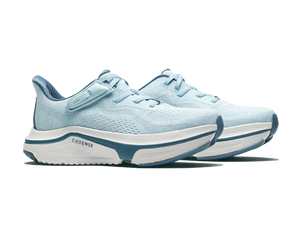
Watch Testimonials from members of our Cadense Stroke Community

What happens after a stroke?
After a stroke, recovery can take weeks, months or years. While some patients recover fully from a stroke, others suffer lifelong effects.
Following a stroke, symptoms may include paralysis, weakness, difficulties walking, cognitive challenges, fatigue, sleep problems, and emotional symptoms.
Features of shoes for stroke patients
Selecting the right footwear while recovering from a stroke can make it easier, safer and more comfortable to walk. As a result, you may be able to live more independently and also get more exercise.
Suitable footwear for stroke patients needs to fit comfortably, and be lightweight, flexible and slip-resistant.
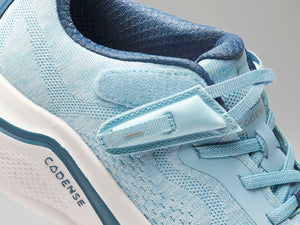
Adjustable fit
Choose footwear you can adjust to provide a fit that is snug and secure without restricting circulation.
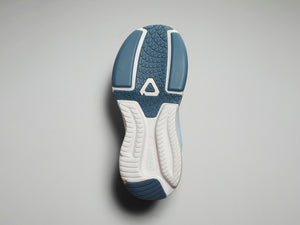
Slip-resistance
To help prevent slips and falls, choose shoes that feature excellent traction, providing a firm grip even on smooth, slick surfaces.
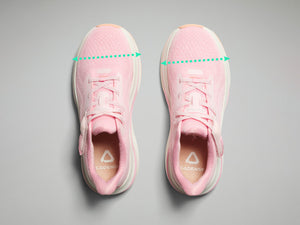
Extra width
Now is not the time to be wearing narrow, uncomfortable shoes that pinch your feet. Opt for a shoe shape that features extra width. Just make sure they do not fit too loosely.

Lightweight and flexible
The shoes you choose for stroke recovery should be lightweight, reducing fatigue, and flexible enough to adapt to your movements. At the same time, they need to offer substantial support to keep your feet aligned and comfortable while you walk.
Frequently Asked Questions
Are there special shoes designed for stroke patients?
Can stroke patients use regular shoes with custom orthotics?
Research shows that customized insoles can improve gait in hemiparetic patients following a stroke. Another option is simply to wear shoes that are already ideally suited to patients with walking difficulties, such as Cadense.
How often should shoes be evaluated for proper fitting on stroke patients?
Many stroke patients are wearing shoes that do not fit them properly. These patients experience problems with their feet and mobility. Regularly assess whether your shoes are fitting you properly. If they are not comfortably snug and supportive, replace them.
How long does a stroke victim need to recover and improve walking?
According to this paper in the Archives of Physical Medicine and Rehabilitation, 95% of patients are able to recover their ability to walk within 11 weeks of a stroke. Keep in mind that full rehabilitation may take months or years in some cases.



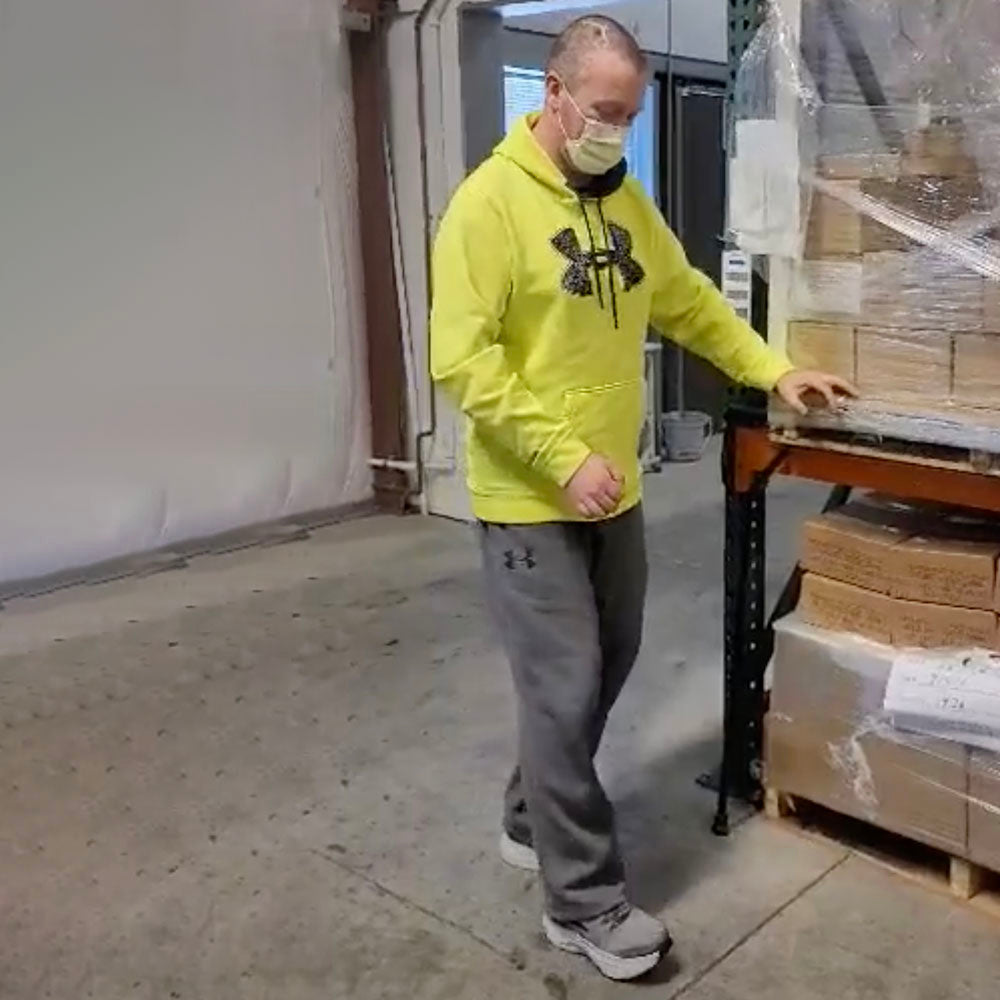
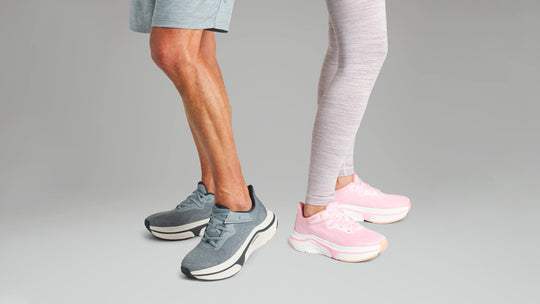
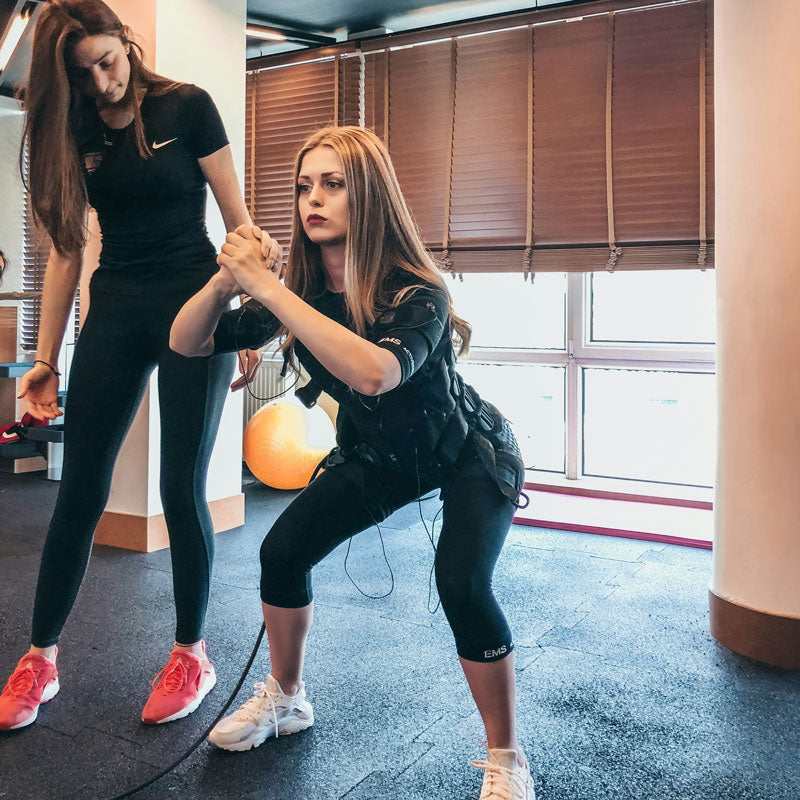
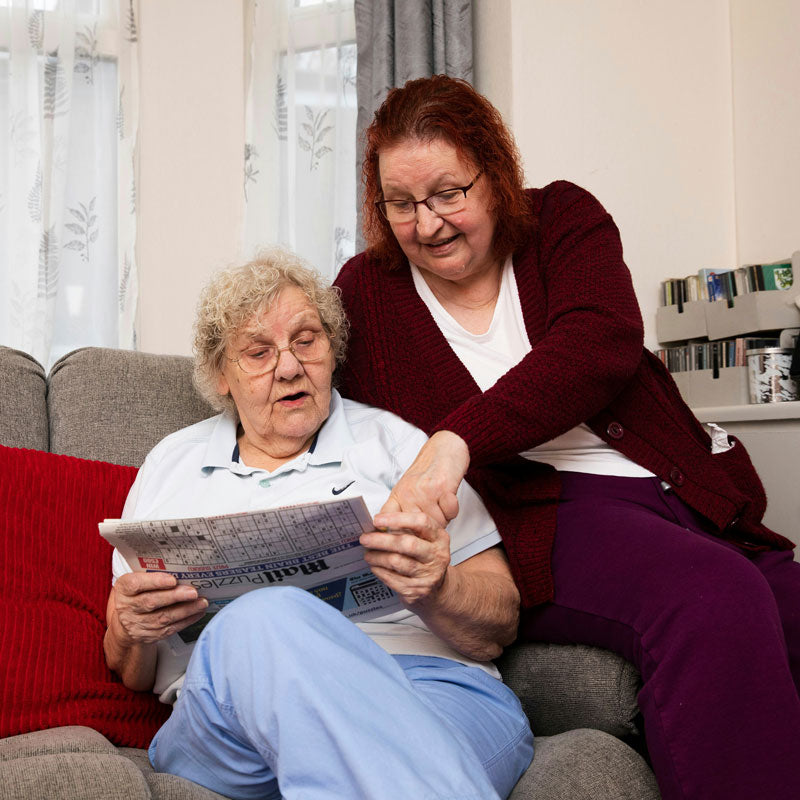





![[color: white] Original Women's Adaptive Shoe](http://cadense.com/cdn/shop/files/CadenseOriginalWomensWhite-001.jpg?crop=center&height=300&v=1694622872&width=300)
![[color: black] Original Women's Adaptive Shoe](http://cadense.com/cdn/shop/files/CadenseOriginalWomensBlack-001.jpg?crop=center&height=300&v=1698770194&width=300)
![[color: light blue] Original Women's Adaptive Shoe](http://cadense.com/cdn/shop/files/CadenseOriginalWomensLightBlue-001.jpg?crop=center&height=300&v=1698770194&width=300)
![[color: pink] Original Women's Adaptive Shoe](http://cadense.com/cdn/shop/files/CadenseOriginalWomensPink-001.jpg?crop=center&height=300&v=1698770194&width=300)
![[color: black] Original Men's Adaptive Shoe](http://cadense.com/cdn/shop/files/CadenseOriginalMensBlack-001.jpg?crop=center&height=300&v=1694621753&width=300)
![[color: slate] Original Men's Adaptive Shoe](http://cadense.com/cdn/shop/files/CadenseOriginalMensSlate-001.jpg?crop=center&height=300&v=1698770277&width=300)
![[color: white] Original Men's Adaptive Shoe](http://cadense.com/cdn/shop/files/CadenseOriginalMensWhite-001.jpg?crop=center&height=300&v=1698770277&width=300)